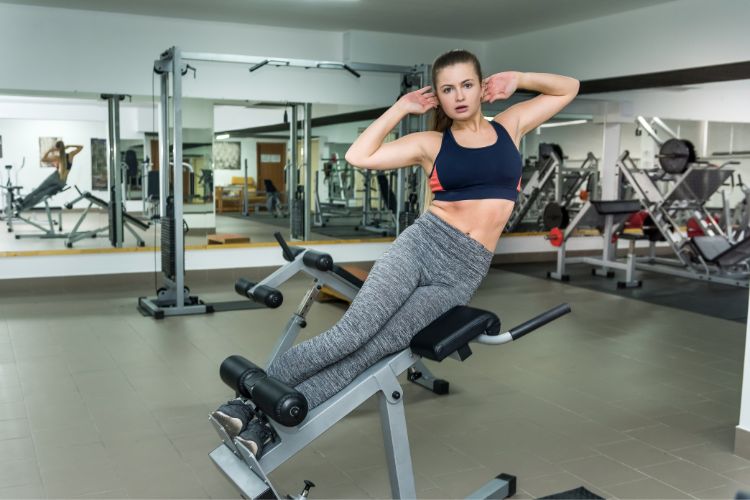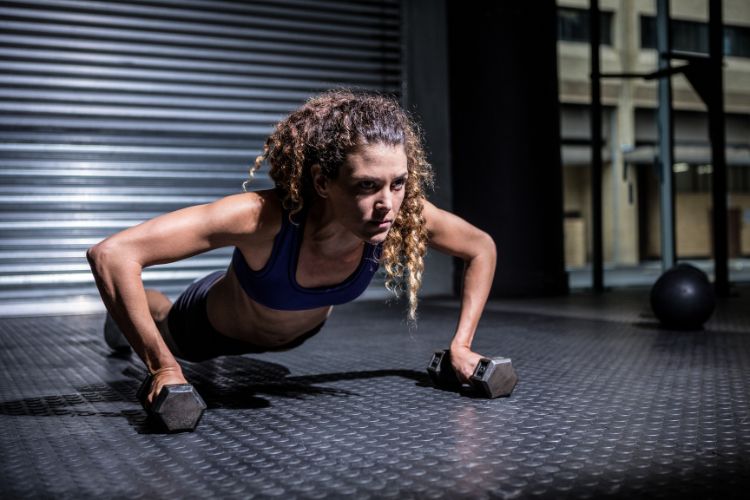Sign up for workout ideas, training advice, reviews of the latest gear and more.






When it comes to fitness, women often focus on lower body workouts, cardio, or core exercises, neglecting the importance of upper body strength. However, incorporating vertical pull exercises into your routine can transform your fitness journey, helping you build a strong, balanced, and confident physique. Vertical pull exercises target the back, shoulders, and arms, enhancing posture, boosting metabolism, and improving overall functional strength. In this blog post, we’ll dive deep into the best vertical pull exercises for women, their benefits, and how to incorporate them into your workout routine.
In today’s world, many women spend hours sitting at desks or looking down at their phones, leading to poor posture and back pain. Vertical pull exercises, such as pull-ups and lat pulldowns, strengthen the muscles in your upper back and shoulders, helping you stand taller and reducing the risk of spinal issues.
While women often focus on lower body workouts, upper body strength is equally important. Vertical pull exercises engage the latissimus dorsi (lats), rhomboids, trapezius, and biceps, creating a toned and powerful upper body.
Building muscle through vertical pull exercises boosts your metabolism, helping you burn more calories even at rest. This makes these exercises a great addition to any weight loss or maintenance plan.
Vertical pull movements mimic everyday actions like lifting objects or pulling yourself up. By strengthening these muscles, you’ll improve your ability to perform daily tasks with ease.
Mastering challenging exercises like pull-ups can be incredibly empowering. It’s a testament to your strength and determination, boosting your confidence both in and out of the gym.
Here are some of the most effective vertical pull exercises tailored for women. Whether you’re a beginner or an advanced fitness enthusiast, these movements can be adapted to suit your fitness level.
Pull-ups are the gold standard of vertical pull exercises, targeting the lats, biceps, and core. While they can be challenging, they’re incredibly rewarding.
Lat pulldowns are a great alternative to pull-ups, especially for beginners. They allow you to adjust the weight and focus on proper form.
If you’re not yet ready for full pull-ups, assisted pull-ups are a fantastic way to build strength.
Chin-ups are similar to pull-ups but use an underhand grip, which places more emphasis on the biceps.
Inverted rows are a bodyweight exercise that targets the upper back and biceps. They’re easier than pull-ups but still highly effective.
Rope climbing is a fun and challenging vertical pull exercise that works your entire upper body and core.
Before diving into vertical pull exercises, warm up your muscles to prevent injury. Spend 5-10 minutes doing dynamic stretches, arm circles, or light cardio.
Select 2-3 vertical pull exercises for each workout. For example, you could pair pull-ups with lat pulldowns or chin-ups with inverted rows.
Proper form is crucial to avoid injury and maximize results. Keep your core engaged, shoulders down and back, and move through the full range of motion.
If you’re new to vertical pull exercises, start with easier variations and gradually increase the difficulty. For example, begin with assisted pull-ups and work your way up to full pull-ups.
Allow your muscles time to recover by incorporating rest days into your routine. Aim to train your upper body 2-3 times per week.
Here’s a sample workout plan to help you get started:
Building upper body strength takes time, especially if you’re new to vertical pull exercises. Celebrate small victories and stay consistent.
Keep a workout journal to track your progress. Note the number of reps, sets, and any adjustments you make.
Incorporate different vertical pull exercises to keep your workouts interesting and challenge your muscles in new ways.
Proper nutrition is essential for muscle growth and recovery. Ensure you’re eating enough protein, healthy fats, and complex carbs.
Consistency is key to seeing results. Stick to your workout plan and make vertical pull exercises a regular part of your routine.
Avoid swinging or using momentum to complete reps. This reduces the effectiveness of the exercise and increases the risk of injury.
Make sure you’re moving through the full range of motion to fully engage your muscles.
While it’s important to challenge yourself, overtraining can lead to burnout and injury. Listen to your body and take rest days when needed.
Ensure you have a firm grip on the bar or handles to avoid slipping and maintain control throughout the movement.
Vertical pull exercises are a game-changer for women looking to build upper body strength, improve posture, and boost confidence. By incorporating exercises like pull-ups, lat pulldowns, and inverted rows into your routine, you’ll see significant improvements in your overall fitness and well-being. Remember to start at your own pace, focus on proper form, and stay consistent. With time and dedication, you’ll master these exercises and unlock your full potential. So, grab that pull-up bar and start pulling your way to a stronger, healthier you!
Stay up to date on the latest women’s health, fitness and lifestyle trends and tips.